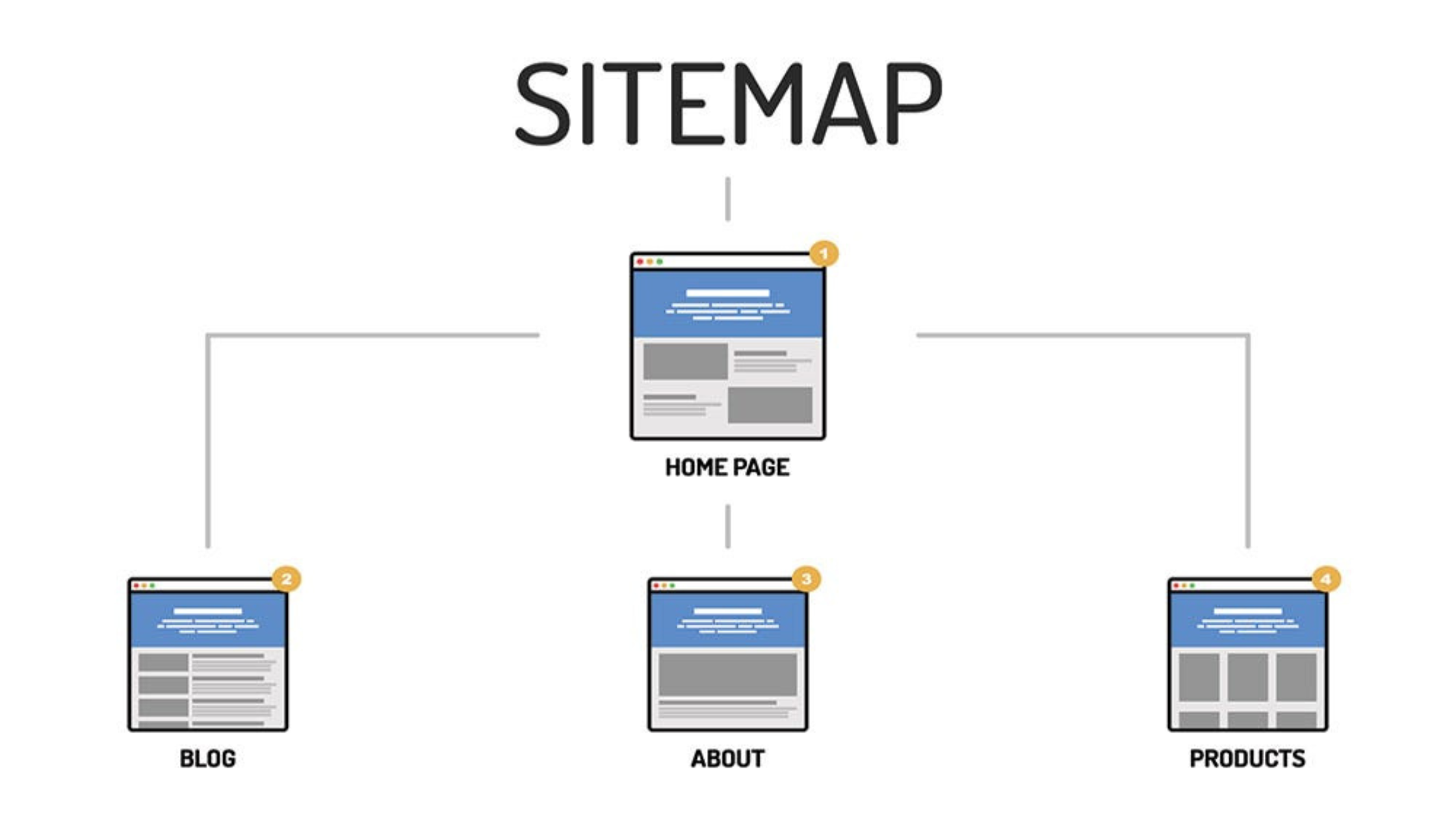Creating a sitemap is one of the most fundamental yet often overlooked aspects of web development and SEO. A sitemap is essentially a blueprint of your website, detailing the structure, hierarchy, and organization of your content. While it may seem like a simple document, the advantages it offers can significantly enhance your website’s performance, user experience, and search engine visibility. Here are some key benefits of creating a sitemap for your website.

Table of Contents
Toggle1. Improved Search Engine Crawling and Indexing
One of the primary benefits of having a sitemap is that it helps search engines crawl and index your website more effectively. By providing a clear map of your site’s structure, you enable search engine bots to understand your content better. This is especially important for larger websites with numerous pages, as it can help ensure that all your pages are discovered and indexed. A well-structured sitemap increases the likelihood that search engines will include all relevant pages in their search results.
2. Enhanced User Experience
A sitemap not only assists search engines but also benefits your users. By providing a clear overview of your website’s structure, visitors can quickly navigate to the information they need. This is particularly useful for websites with extensive content, as users can find specific sections or pages without getting lost in the navigation. A well-organized sitemap contributes to a more intuitive user experience, ultimately leading to higher engagement and lower bounce rates.
3. Facilitates Better Content Organization
Creating a sitemap forces you to evaluate the organization of your content. It allows you to see the big picture of your website’s structure and can highlight any gaps or redundancies in your content. This process can lead to a more logical and user-friendly layout, making it easier for both users and search engines to navigate your site.
4. Prioritization of Content for Search Engines
A sitemap can also indicate the priority of different pages on your website. By assigning priority levels to certain pages, you can inform search engines about which pages are most important. This can be particularly beneficial for websites with dynamic content, as it helps search engines understand which pages should be crawled more frequently. It can also enhance the visibility of critical pages, such as service offerings or new blog posts.
5. Support for Multilingual and Multimedia Content
If your website supports multiple languages or contains multimedia content (such as videos or images), a sitemap can help you manage this complexity. You can create separate sitemaps for different languages or types of content, making it easier for search engines to index all aspects of your site. This is especially important for businesses targeting diverse audiences or employing rich media to engage visitors.
6. Facilitates the Use of XML Sitemaps for SEO
An XML sitemap is specifically designed for search engines and can provide additional information that enhances SEO. It can include metadata about each page, such as when it was last updated, how often it changes, and its relative importance to other pages. Submitting an XML sitemap to search engines like Google and Bing can significantly improve your website’s visibility in search results.
7. Easy Monitoring of Site Changes
As your website evolves, keeping track of changes can be challenging. A sitemap serves as a reference point for your site’s structure, making it easier to monitor updates, new content, and deleted pages. This ongoing management helps ensure that your website remains optimized for both users and search engines.
Conclusion
Creating a sitemap for your website is an essential step in optimizing its performance and visibility. From enhancing search engine crawling to improving user experience, the benefits of a well-structured sitemap are substantial. By investing the time to create and maintain a sitemap, you’ll not only boost your website’s SEO but also create a more organized and user-friendly experience for your visitors. Whether you’re running a blog, an e-commerce site, or a corporate website, a sitemap is a valuable tool that can contribute to your online success.


No responses yet